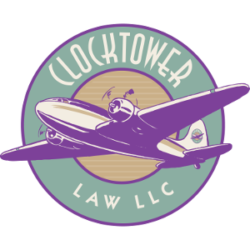Protect Ideas With Trade Secrets
If your idea cannot be reverse engineered, then consider protecting it with a strong trade secret policy instead of getting a patent. Patents can provide up to 20 years of protection, but trade secrets can provide protection forever. Companies should have clear policies with their employees regarding keeping secret information secret, should avoid exposing nonemployees to trade secrets, and should require nonemployees to sign nondisclosure agreements for the secrets to which they are exposed.

